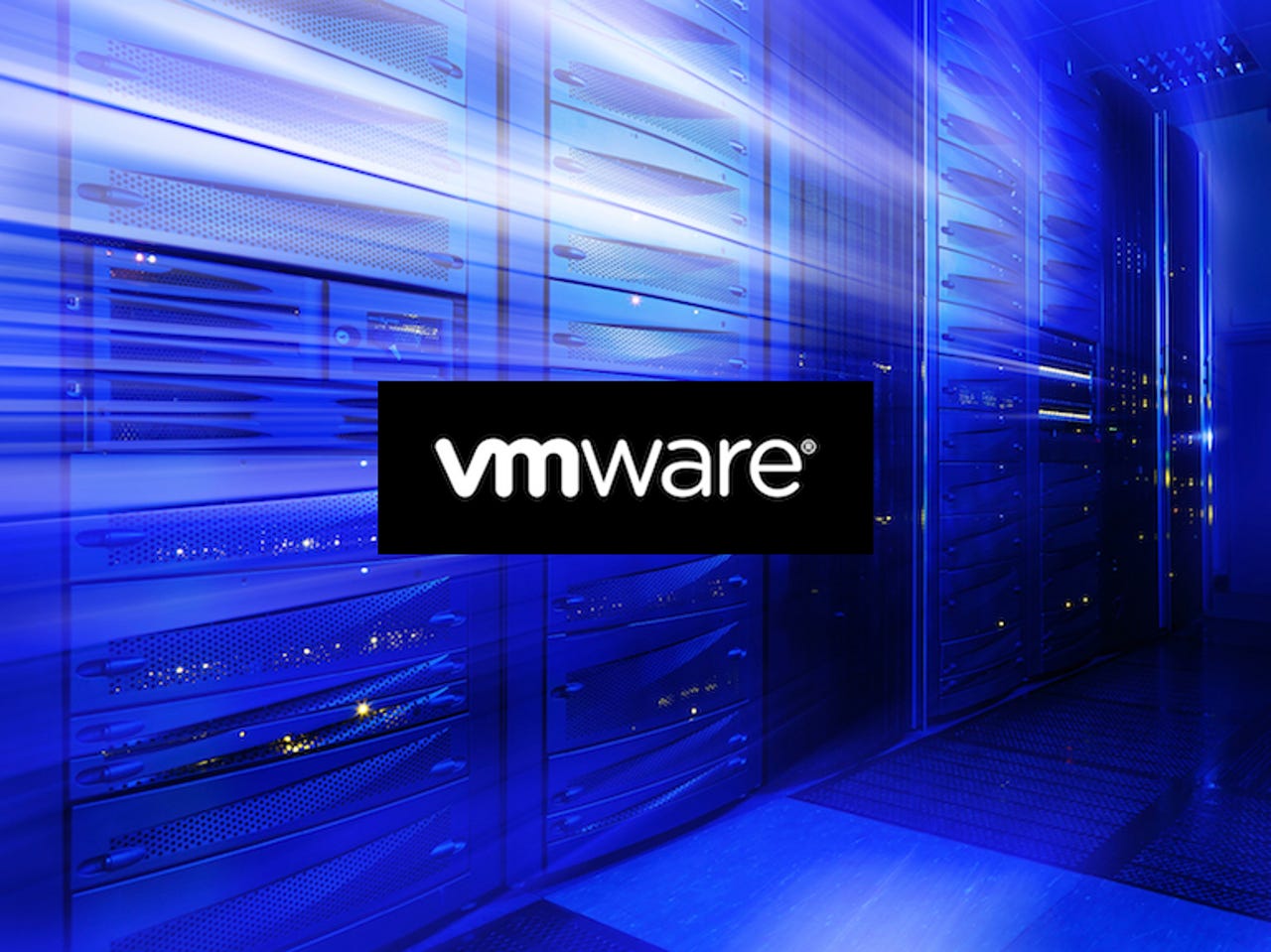How VMware paved the way for the rise of SDDC


With the advent of the Software Defined Data Center (SDDC), certain vendors have emerged as forerunners in this fast-growing space. However, few have matched the investment made by VMware.
For the unfamiliar, an SDDC is a data center where all the core elements (compute, networking storage, security, management) are virtualized and delivered as a flexible on-demand service. For VMware, as for many others in the market, the journey to the SDDC began with virtualized compute.
SEE: Virtualization policy template (Tech Pro Research)
"At this point in the marketplace, I think, 80 percent of applications run inside of virtual machines. So, it's pretty much the standard for all IT organizations for how they run and operate their data center," said John Gilmartin, vice president and general manager of VMware's Integrated Systems Business Unit.
VMware, which was founded in 1998, is best known for its virtual compute products, which remain core to the company's business even today. But it was the effect that virtualized compute had on IT that led the company to begin looking at virtualizing other layers of the enterprise.
The initial ROI was huge, as the ability to spin up multiple VMs for various projects made a big impact. But, said Gilmartin, it was the secondary benefits of added mobility, agility, and automation that became the really attractive things about virtualization -- benefits that led to further experimentation with networking and storage virtualization.
There were also roadblocks to adoption in those early days. Customers were suffering from what Gilmartin called a "day one to day five problem." They could get their VMs up and running in a few minutes, but then they had to tackle firewall rules or deploy storage.
This took a lot of people and involved many manual processes -- sometimes it took up to 30 days to deploy an application, said Gilmartin. The company knew it had to address other aspects of the data center to alleviate this bottleneck, and so it started with networking.
VMware had been developing technologies around software-defined networking (SDN) and these, along with its 2012 acquisition of Nicira, formed the basis of what would become the company's NSX product, which was introduced in August 2013.
SEE VMware NSX: 3 different use cases (TechRepublic)
Next, the company wanted to bring a simpler operational model to storage. VMware started with policy-based management and a focus on resiliency and performance. This led the company down a path toward virtual volumes to make storage more virtual-machine-aware. Then, it decided on a move towards a scale-out approach to storage, which is when VSAN came into play, because it hit all those points.
Once VMware had abstracted those layers, the next stage was to automate them. This is when the company began to focus on vRealize Automation (formerly vCloud Automation Center) to help with configuration and automated deployment. According to Gilmartin, VMware wanted to "be able to allow IT organizations to treat that pool of resources as an on-demand service."
Of course, VMware also offers other products like its EVO SDDC hyperconverged infrastructure (HCI) product, for organisations wanting to run a private cloud on an integrated SDDC system. This, though, is more of an all-in-one solution for users who want a simpler path to the SDDC.
In terms of the relevance of SDDC, Gilmartin believes it to be more horizontal in its allure. It may have started with certain verticals, he said, but the demands of business on IT organizations, and the growth of trends like DevOps have made the use case more general.
Gilmartin said there are three main drivers that VMware has seen for the growth of SDDC in the enterprise:
- The need to move faster: People are delivering new software with new architecture and they need infrastructure that's more responsive and on-demand.
- Increased security: Network virtualization can be a critical piece of a modern security policy.
- Being more efficient and reducing cost: By moving to scale-out architectures, organistions can lower their capital expense and, through automation, can be more effective in how they use their employees.
VMware's approach to the SDDC is less about building new features, and more about making the experience more seamless, Gilmartin said. While the storage and networking aspects of the SDDC have not reached the same adoption levels as compute, Gilmartin believes that it's only a matter of time.
"Server virtualization has become the default standard -- it's how everybody runs their applications," Gilmartin said. "So, there's a similar opportunity for software-defined networks and storage to become the default way that people run."
But that doesn't mean that VMware's path to success is unobstructed. As the SDDC grows in relevance, companies like HP, Dell, Lenovo, and even Oracle, are stepping up as competitors. But, there's one vendor in particular that poses the biggest threat.
"For a lot of the providers I speak with, and enterprises that I speak with, a lot of them are seriously evaluating what they can or should be doing with Cisco as, probably, the major competitor to VMware," said Gartner analyst John Morency.
The hyperconverged space is also getting crowded: according to Morency, there are some 15-20 vendors in the hyperconverged space now competing for the same audience that VMware is targeting with its EVO offerings.
Despite growing competition and hype in the SDDC market, VMware remains in a unique position as a key innovator in the space and often among the first to market with certain SDDC technologies. As the SDDC continues to take hold, it will be interesting to see whether VMware can hold onto its throne, or if someone else takes the crown.
Also see
- It's time to scale the software-defined data center, and VMware has a plan (TechRepublic)
- Cisco updates SDN lineup, targets VMware (ZDNet)
- VMware and Microsoft are the top virtualization leaders, according to Gartner (TechRepublic)
- VMware's vision and roadmap for hybrid cloud (ZDNet)
- Why VMware may fall victim to virtualization cost cutting (TechRepublic)